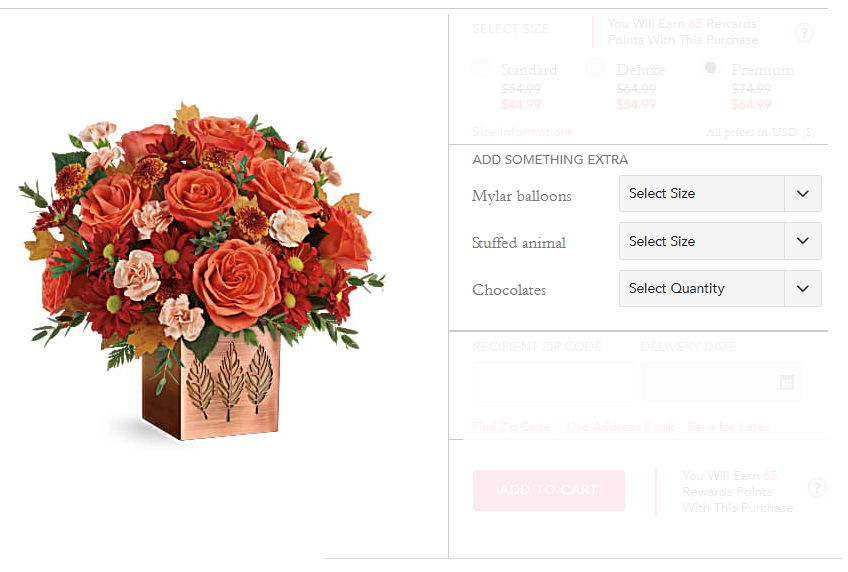Breaking Down the Hotel Room Type to Build the Future of Hotel Bookings
Hoteliers could learn a thing or two from airlines when it comes to selling inventory. When travelers book a flight, they have more choice than ever. Airlines have moved to attribute-based selling, allowing travelers to customize the flying experience by upgrading based on seat-specific attributes. Before arriving at an airport, you can upgrade your seat to a premium row, add luggage options, improve meal options, and more.
It’s not just airlines. Outside the travel industry, e-commerce thrives on customization. Think about the last time you bought just about anything online. There’s almost always a prompt to customize your purchase: engraving, gift wrapping, a related product, and more. In the digital age, shoppers expect customization throughout their buying journey.

But hotels haven’t jumped on board. Special rates or add-ons like breakfast or parking are the starting point. Travelers should be able to select and customize their specific hotel room, with the ability to choose premium rooms. As airlines have demonstrated, travelers want to customize the product and are willing to pay for premium features. Most hotels have limited room types, when they could be slicing and dicing their rooms based on key attributes. THe question is: When is this shift coming to the hotel industry?
Big changes mean investment
As always, the shift starts with technology. Chains like IHG, Hilton and Marriott have invested in reservation systems that move away from the traditional way of selling “room types.” The new systems unbundle the hotel rooms, breaking each individual room into its specific features. It’s no longer just a “2 Queen room,” but a “2 Queen on a higher floor, interior view.”
Instead of seeing a list of pre-determined room types, the attribute shopping experience lets shoppers select their stay a little more a la carte. For hotels, this model optimizes room assignment and increases revenue. These brands are rolling these systems out to direct booking channels, but we can expect wider spread adoption in the coming years.
The role of images and distribution
As companies invest in solutions that allow a more custom booking process, one of the big questions is: how will customers react? The answer is that it will depend on how it is implemented. The modern world of hotel distribution requires more information, broken down more minutely. As always, content is king.
It all starts with how hotel brands store and distribute room information. If you can’t do the basic task of attaching a consistent room type code to an individual image, attribute-based selling is impossible. What’s more, you need to be able to consistently share that information across relevant internal (and eventually external) channels.
Leonardo’s solutions allow chains to associate room type codes with photos, the photos categories, as well as textual content that describes your room types. As customers grow comfortable with customizing their bookings, media needs to be able to parse more information.
That’s why we’ve invested in technology here at Leonardo. We’re working on the future of hotel distribution, by making it easier to scale media management today and to meet brand-new needs in the future. We are rebuilding our platform to make innovation possible.
